Buy the photo In Marburg Castle by Thomas Riess on canvas, ArtFrame, poster and wallpaper, printed on demand in high quality.
About "In Marburg Castle"
by Thomas Riess
About the artwork
Visible from afar, Marburg Castle rises to the west above the town and the Lahn Valley, which runs in a north-south direction. The castle hill is 287 metres above sea level and forms a foothill of the Marburg Ridge - a red sandstone highland. Due to the relatively steep valley flanks, this was a very good fortification starting point for the construction of a medieval castle, which subsequently underwent numerous structural changes up to the present day. Landgraf-Philipp-Straße below the Weinberg (the Ludwig-Bickell staircase leads to the gate). The centre of the castle is an open horseshoe-shaped complex to the east around a narrow inner courtyard. A distinction is made between the so-called Landgrave's Building with the castle chapel to the south and the Women's Building or Kemenate to the west. To the north are the Hall or Prince's Building and the Younger People's House or Kitchen House. The sacristy above the east gate provides a link between the castle chapel and the People's House. Below the castle are the former Landgrave's Chancellery and the Wolfsburg, which together characterise Marburg's townscape to the south. The cobbled Landgraf-Philipp-Straße and the winding Ludwig-Bickell-Treppe lead as footpaths from the upper town up to the south gate. Today, the castle bus runs along Gisonenweg, which has been converted into a road.

About Thomas Riess
Amateur photographer with advanced knowledge, retired for 6 years. Made my first experiences with photography as an employee at CANON and now, after many stations, take photos digitally with the Pentax K1 MK II and various lenses. My main focus is difficult to define. .. Read more…
 Netherlands
Netherlands Ordered in February 2025
Ordered in February 2025
 Netherlands
Netherlands Ordered in December 2020
Ordered in December 2020
 Netherlands
Netherlands Ordered in December 2017
Ordered in December 2017
 Germany
Germany Ordered in December 2024
Ordered in December 2024
 Netherlands
Netherlands Ordered in July 2019
Ordered in July 2019
 Germany
Germany Ordered in February 2025
Ordered in February 2025
 Germany
Germany Ordered in December 2019
Ordered in December 2019
 Netherlands
Netherlands Ordered in August 2017
Ordered in August 2017
 Germany
Germany Ordered in March 2023
Ordered in March 2023
 Netherlands
Netherlands Ordered in April 2023
Ordered in April 2023
 Germany
Germany Ordered in May 2019
Ordered in May 2019
 Netherlands
Netherlands Ordered in June 2019
Ordered in June 2019
About the material
ArtFrame™
Interchangeable Art Prints
- High-quality print
- Easily interchangeable
- Acoustic function
- Large sizes available
Discover the artworks of Thomas Riess
 Flower meadowThomas Riess
Flower meadowThomas Riess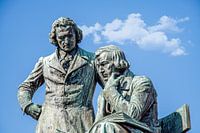 Brothers GrimmThomas Riess
Brothers GrimmThomas Riess Gingko in the sunThomas Riess
Gingko in the sunThomas Riess source of lifeThomas Riess
source of lifeThomas Riess sweeping inThomas Riess
sweeping inThomas Riess To a glass of wineThomas Riess
To a glass of wineThomas Riess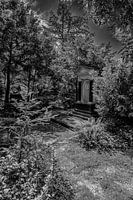 at the cemetery in FrankfurtThomas Riess
at the cemetery in FrankfurtThomas Riess The day endsThomas Riess
The day endsThomas Riess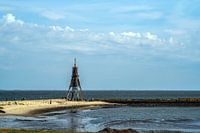 Kugelbake in CuxhavenThomas Riess
Kugelbake in CuxhavenThomas Riess Bench on dikeThomas Riess
Bench on dikeThomas Riess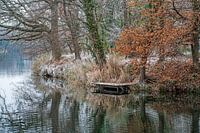 No bathing weatherThomas Riess
No bathing weatherThomas Riess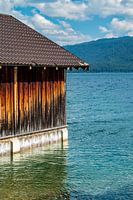 Relaxation at WalchenseeThomas Riess
Relaxation at WalchenseeThomas Riess Illuminating the darknessThomas Riess
Illuminating the darknessThomas Riess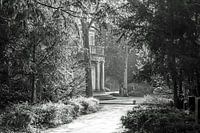 Forest walk monochromeThomas Riess
Forest walk monochromeThomas Riess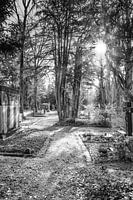 Towards the sunThomas Riess
Towards the sunThomas Riess On the last roadThomas Riess
On the last roadThomas Riess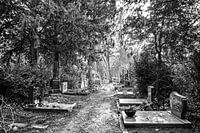 Towards the sunThomas Riess
Towards the sunThomas Riess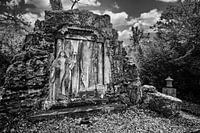 Memorial stone at Frankfurt's main cemeteryThomas Riess
Memorial stone at Frankfurt's main cemeteryThomas Riess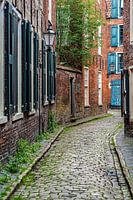 Historic old town in East FrisiaThomas Riess
Historic old town in East FrisiaThomas Riess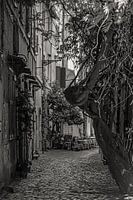 In the centre of the Trastevere districtThomas Riess
In the centre of the Trastevere districtThomas Riess
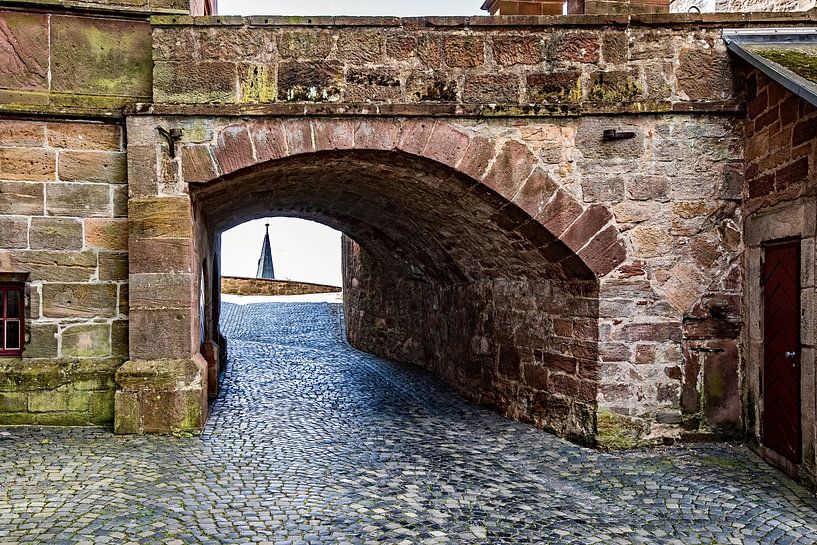












 Castle
Castle Middle ages
Middle ages Mysterious Spheres
Mysterious Spheres Nature and weather
Nature and weather Nostalgic Memories
Nostalgic Memories Photo wallpaper
Photo wallpaper Photography
Photography Serene Peace
Serene Peace









